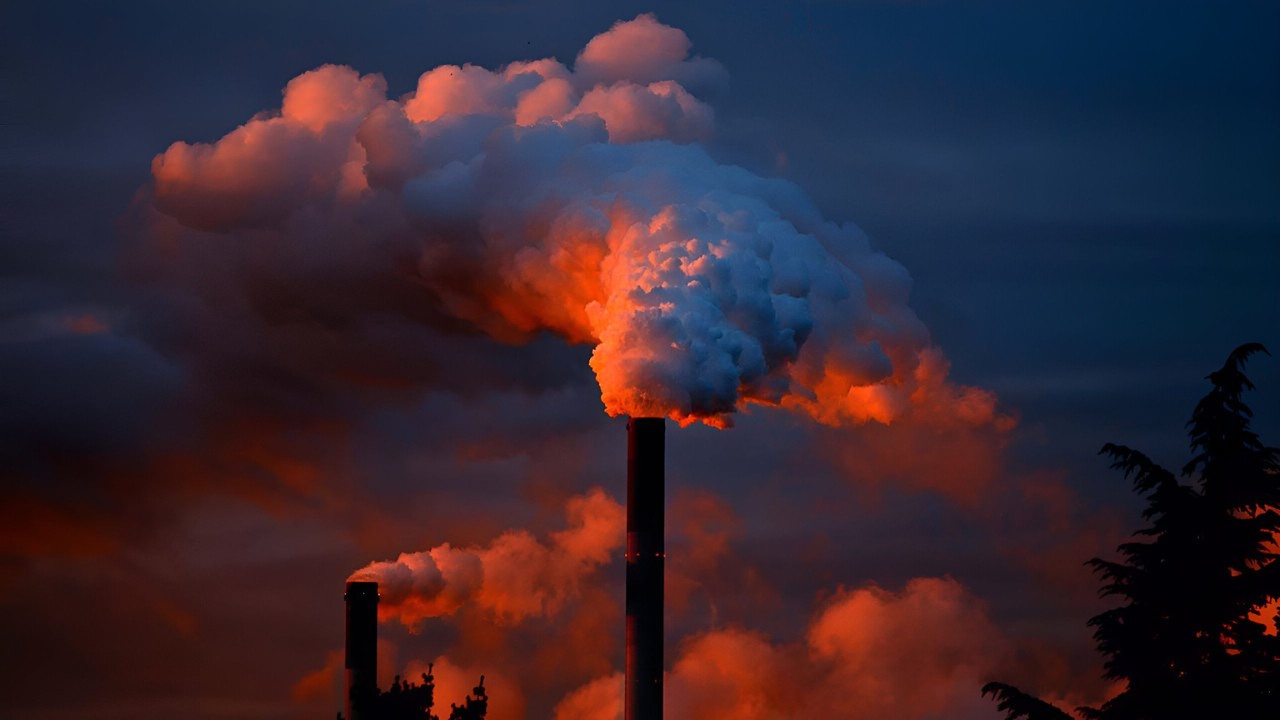Secret Signs Of Climate Change In America

Have you noticed how summers seem hotter or winters less snowy? These changes aren't just in your head. Climate change is making a real impact on our daily lives. From rising sea levels to more intense storms, the signs are everywhere. Even in your backyard, you might see flowers blooming earlier or birds migrating at different times. These shifts affect not only nature but also our health, economy, and way of life. Understanding these signs can help us prepare and adapt. Let's dive into some of the most noticeable signs of climate change in America.
Melting Glaciers in Alaska
Alaska's glaciers are shrinking at an alarming rate. These icy giants, which have existed for thousands of years, are now retreating due to rising temperatures. Here are some notable spots where this change is evident:
Mendenhall Glacier: Located near Juneau, this glacier has been receding rapidly. Visitors can see the stark difference between old photos and its current state.
Exit Glacier: Found in Kenai Fjords National Park, Exit Glacier has markers along its trail showing how much it has retreated over the years.
Columbia Glacier: This massive glacier in Prince William Sound has lost nearly half its thickness in the past 30 years.
Rising Sea Levels in Florida
Florida's coastline is feeling the impact of rising sea levels. Coastal erosion and frequent flooding are becoming more common, threatening homes and habitats. Key areas to observe these changes include:
Miami Beach: Streets in Miami Beach often flood during high tides, a phenomenon known as "sunny day flooding."
Everglades National Park: Rising sea levels are pushing saltwater into the freshwater Everglades, disrupting the delicate ecosystem.
Key West: This popular tourist destination is experiencing more frequent and severe flooding, affecting both residents and visitors.
Droughts in the Southwest
The American Southwest is facing prolonged droughts, impacting water supplies and agriculture. These dry conditions are a clear sign of climate change. Key areas affected include:
Lake Mead: The largest reservoir in the U.S., Lake Mead, has reached historically low levels, revealing old boat ramps and other structures.
Colorado River: This vital water source for millions is running lower than ever, affecting everything from drinking water to crop irrigation.
Phoenix, Arizona: The city has implemented strict water conservation measures as it grapples with dwindling water supplies.
Wildfires in California
California's wildfire season is becoming longer and more intense. These fires are fueled by higher temperatures and prolonged droughts. Notable areas impacted include:
Paradise, California: The town was nearly destroyed by the Camp Fire in 2018, one of the deadliest and most destructive fires in state history.
Santa Rosa: The Tubbs Fire in 2017 ravaged this city, leaving behind a landscape of charred remains.
Los Angeles County: Frequent wildfires have become a yearly occurrence, threatening homes and natural areas alike.
Shifting Wildlife Patterns in Yellowstone
Yellowstone National Park is witnessing changes in wildlife behavior and migration patterns. These shifts are linked to changing temperatures and altered ecosystems. Key observations include:
Bison Migration: Bison are migrating earlier in the year, seeking higher elevations as temperatures rise.
Grizzly Bears: These bears are emerging from hibernation earlier, affecting their feeding and breeding cycles.
Wolves: Changes in prey availability are altering wolf pack dynamics and hunting strategies.
Coral Bleaching in Hawaii
Hawaii's vibrant coral reefs are under threat from warming ocean temperatures. Coral bleaching, where corals lose their color and vitality, is becoming more common. Notable spots include:
Hanauma Bay: This popular snorkeling spot has seen significant coral bleaching, affecting marine life and tourism.
Kona Coast: Coral reefs along the Kona Coast are struggling to survive as water temperatures rise.
Molokini Crater: This marine sanctuary is experiencing bleaching events, impacting its diverse underwater ecosystem.
Increased Storm Intensity in the Gulf Coast
The Gulf Coast is facing stronger and more frequent storms. These intense weather events are linked to warmer ocean temperatures. Key areas affected include:
New Orleans: The city has been hit by several powerful hurricanes in recent years, including Hurricane Katrina and Hurricane Ida.
Houston, Texas: Hurricane Harvey brought unprecedented rainfall and flooding to Houston, highlighting the increasing severity of storms.
Panama City, Florida: Hurricane Michael, a Category 5 storm, caused widespread devastation in 2018, showcasing the growing intensity of hurricanes.
Recognizing Climate Change's Impact
Climate change is reshaping America in ways both big and small. From rising sea levels to extreme weather events, the evidence is all around. Wildfires are more frequent, droughts last longer, and hurricanes are more intense. These changes affect not just the environment but also our daily lives, economies, and future.
Understanding these signs helps us prepare and adapt. Simple actions like reducing carbon footprints, supporting renewable energy, and advocating for sustainable practices make a difference. Communities coming together to address these challenges can create a more resilient future.
Awareness is the first step. By recognizing the signs of climate change, we can take meaningful actions to protect our planet. Let's commit to making changes today for a better tomorrow.

